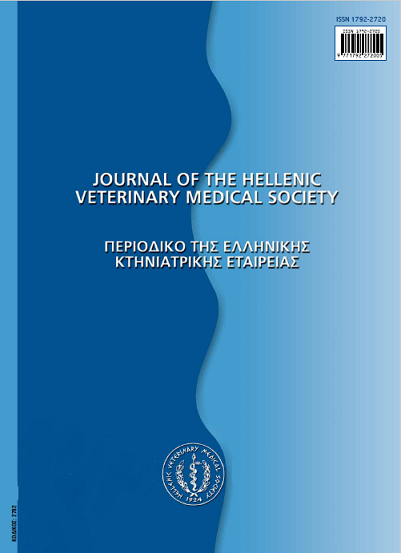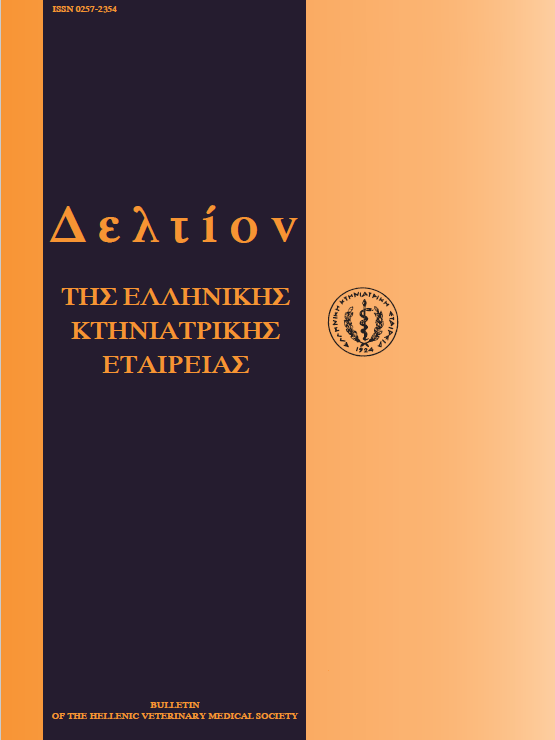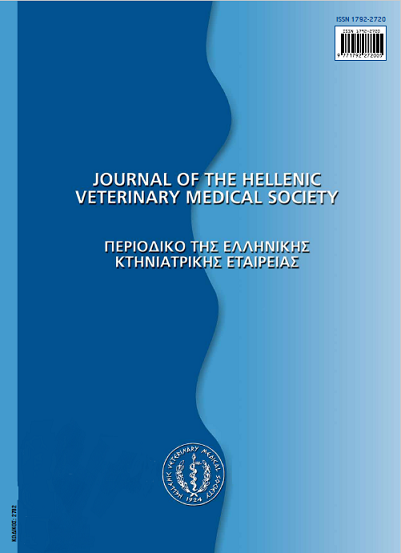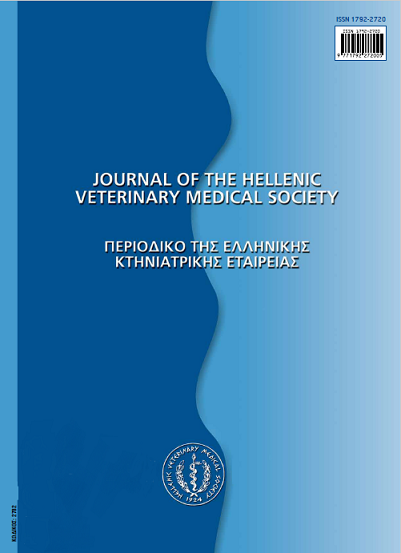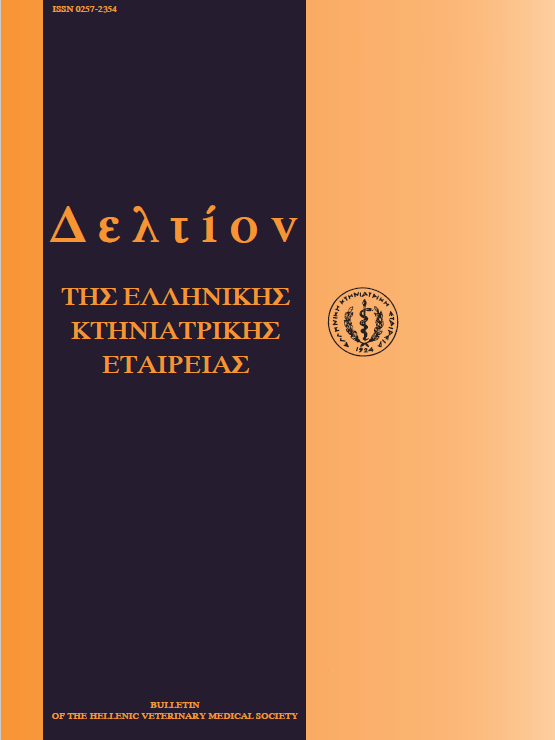Etiopathogenesis and clinical manifestations of the non-ketotic feline diabetes mellitus
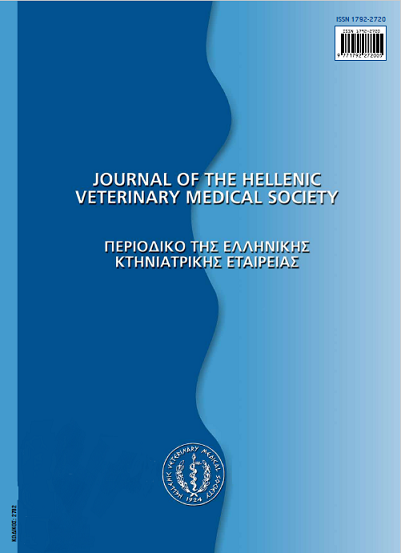
Abstract
Diabetes mellitus, the clinical syndrome that results form absolute or relative insulin deficiency and/or reduced number or sensitivity of the insulin receptors, is considered one of the most common endocrine diseases in the cat, being secondary only to hypethyroidism. The exact etiology of type I feline diabetes mellitus remains obscure, although in many cases occurs secondarily to chronic pancreatitis. Type II diabetes mellitus, which is very common in the everyday clinical practice, is characterized by relative insulin deficiency, secondary to reduced production of this hormone (chronic pancreatitis, pancreatic amyloidosis), insulin resistance and/or increased glucose production by the liver (obesity, chronic stress, overproduction of amylin). Secondary (type III) diabetes mellitus is the result of various causes, not directly involving pancreatic tissue, that cause insulin resistance, such as hyperadrenocorticism, pheochromocytoma, acromegaly, hyperthyroidism, infections, neoplasia, hyperlipidemia, chronic heart and renal failure and the exogenous administration of glucocorticoids and progestagens. The most common clinical manifestations of feline non-ketotic diabetes mellitus include polyuria, polydipsia, polyphagia, weight loss, hepatomegaly, retinopathy, peripheral polyneuropathy, dry seborrhea and those resulting form the secondary infections, such as cystitis and stomatitis.
Article Details
- How to Cite
-
SARIDOMICHELAKIS (Μ. Ν. ΣΑΡΙΔΟΜΙΧΕΛΑΚΗΣ) M. N., & KOUTINAS (Α.Φ. ΚΟΥΤΙΝΑΣ) A. F. (2017). Etiopathogenesis and clinical manifestations of the non-ketotic feline diabetes mellitus. Journal of the Hellenic Veterinary Medical Society, 55(3), 262–267. https://doi.org/10.12681/jhvms.15112
- Issue
- Vol. 55 No. 3 (2004)
- Section
- Review Articles
Authors who publish with this journal agree to the following terms:
· Authors retain copyright and grant the journal right of first publication with the work simultaneously licensed under a Creative Commons Attribution Non-Commercial License that allows others to share the work with an acknowledgement of the work's authorship and initial publication in this journal.
· Authors are able to enter into separate, additional contractual arrangements for the non-exclusive distribution of the journal's published version of the work (e.g. post it to an institutional repository or publish it in a book), with an acknowledgement of its initial publication in this journal.
· Authors are permitted and encouraged to post their work online (preferably in institutional repositories or on their website) prior to and during the submission process, as it can lead to productive exchanges, as well as earlier and greater citation of published work.



